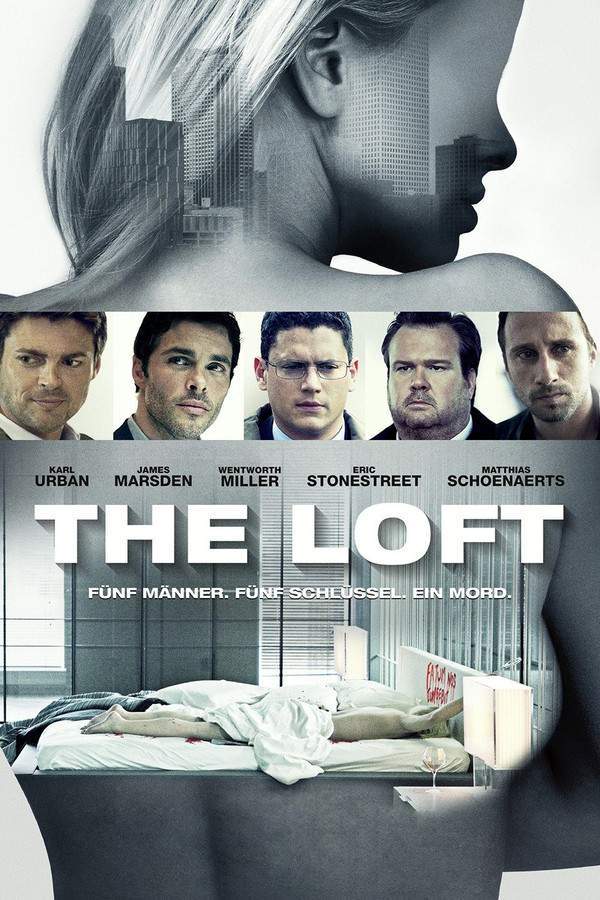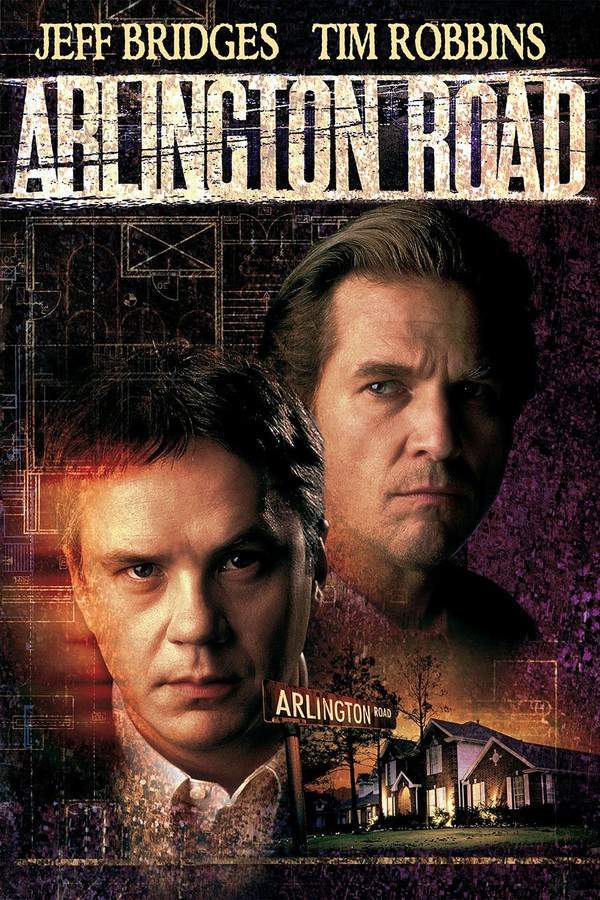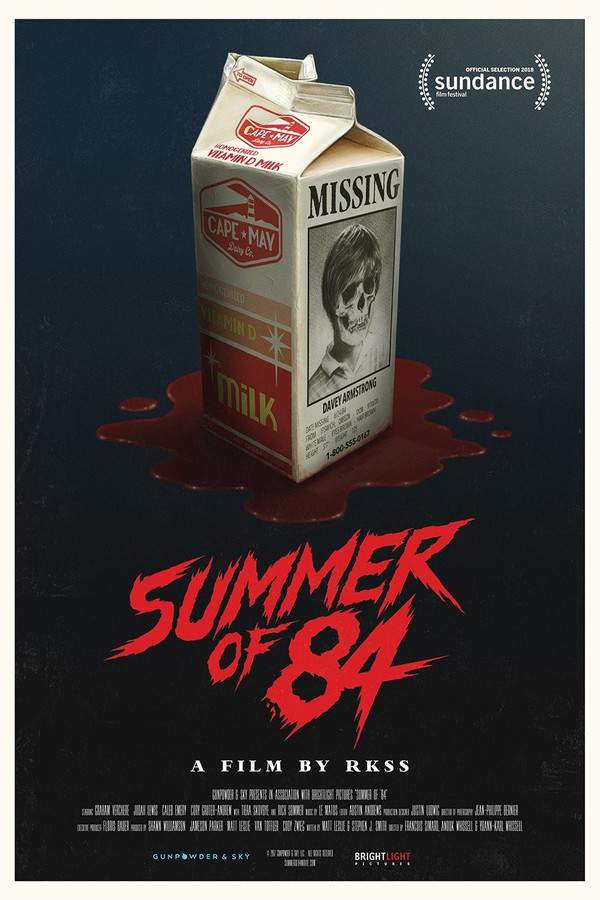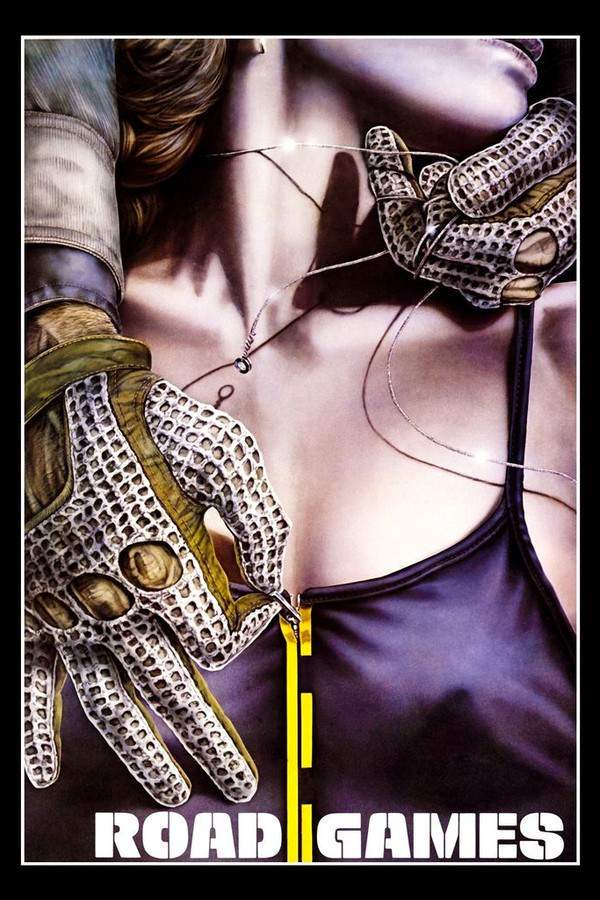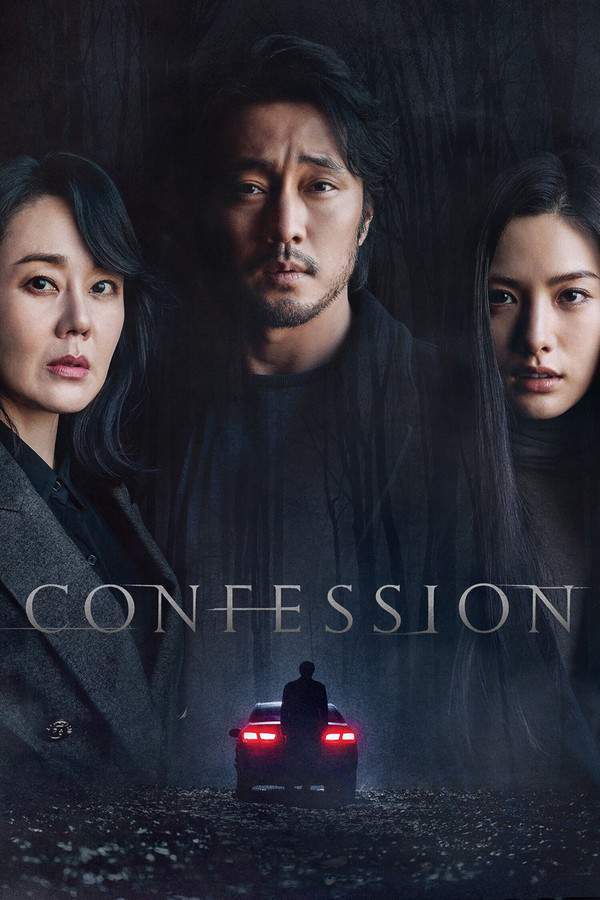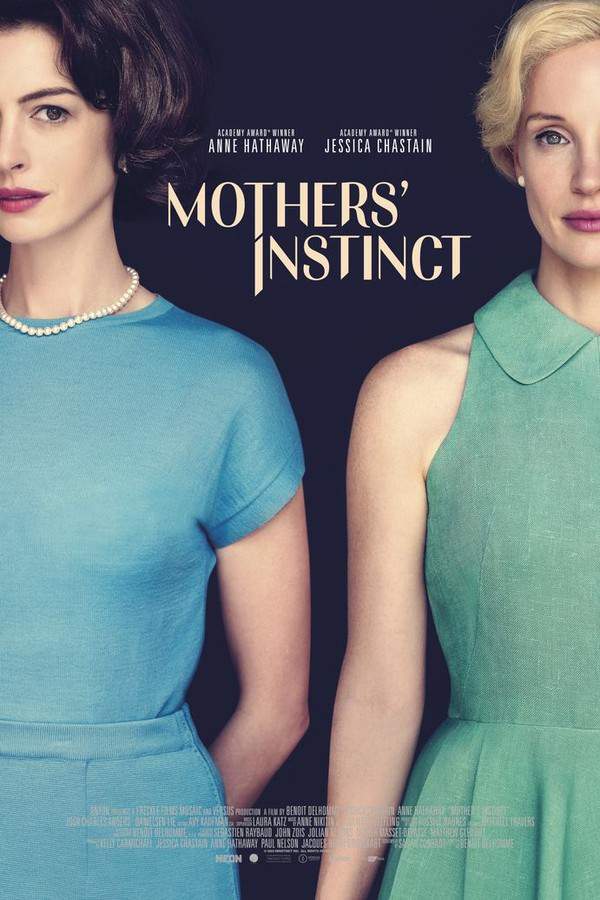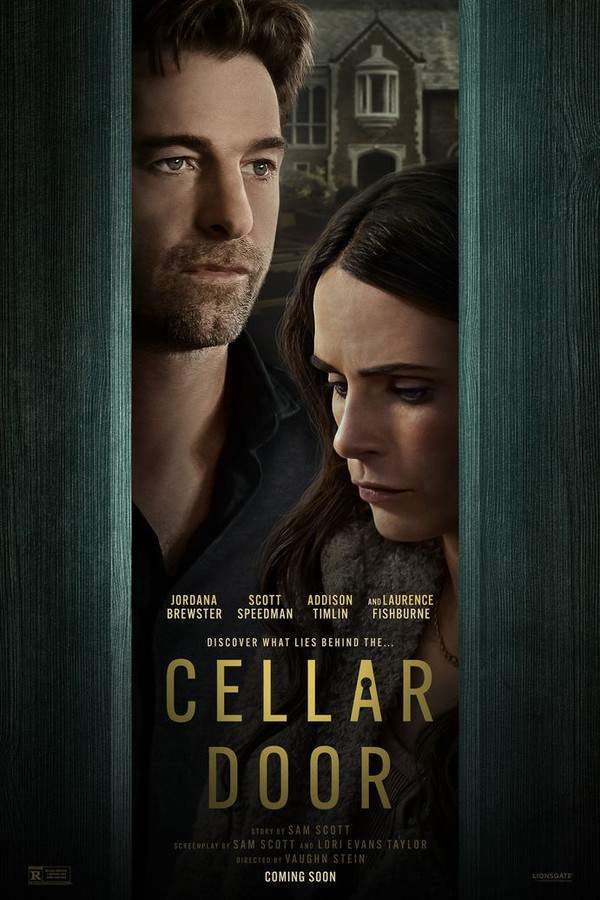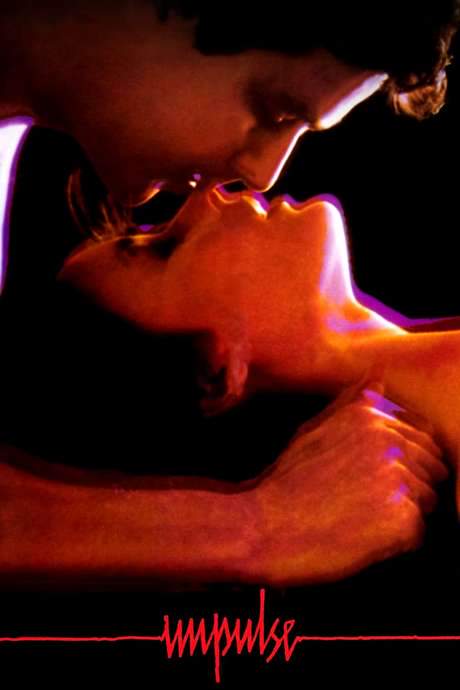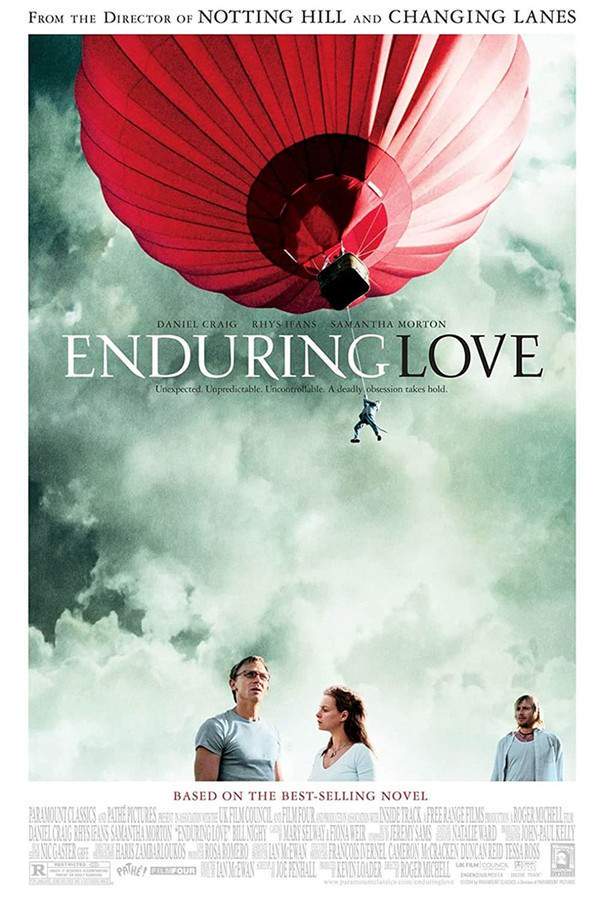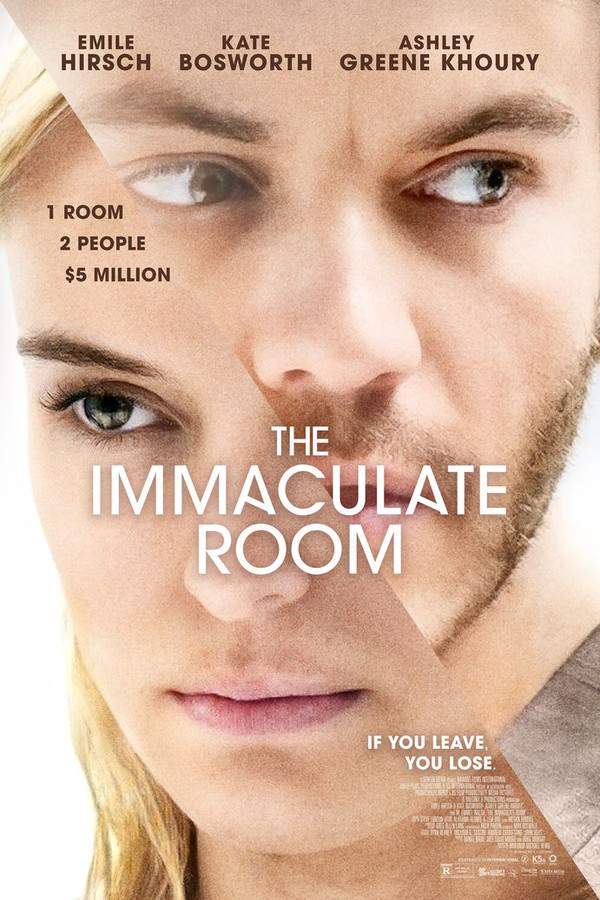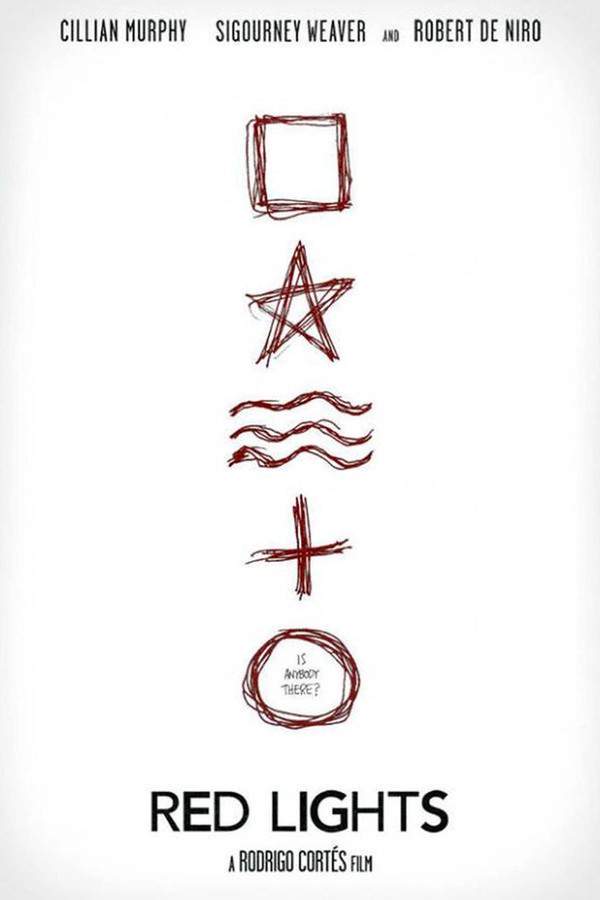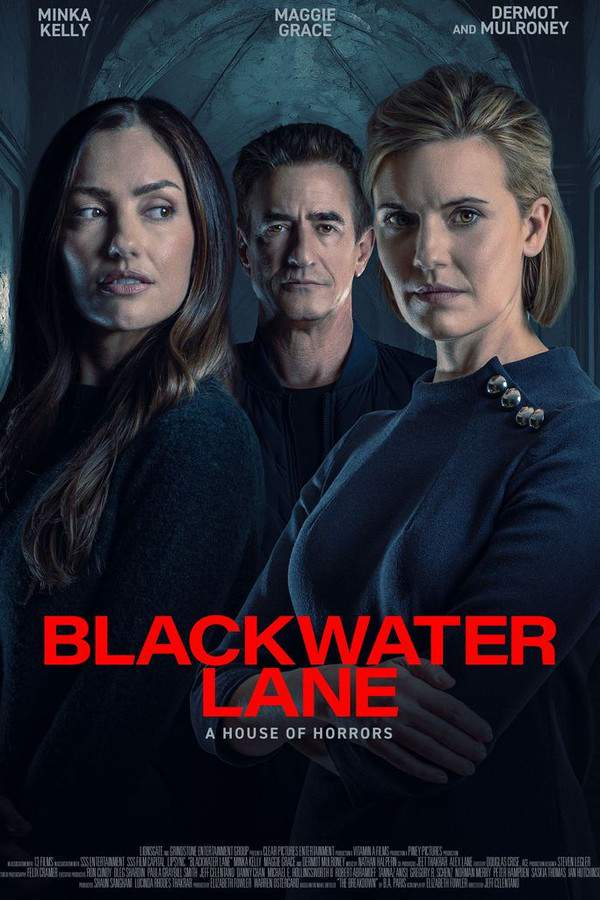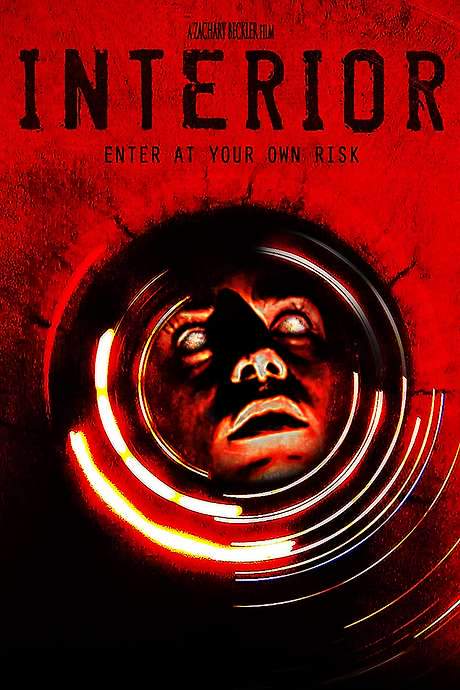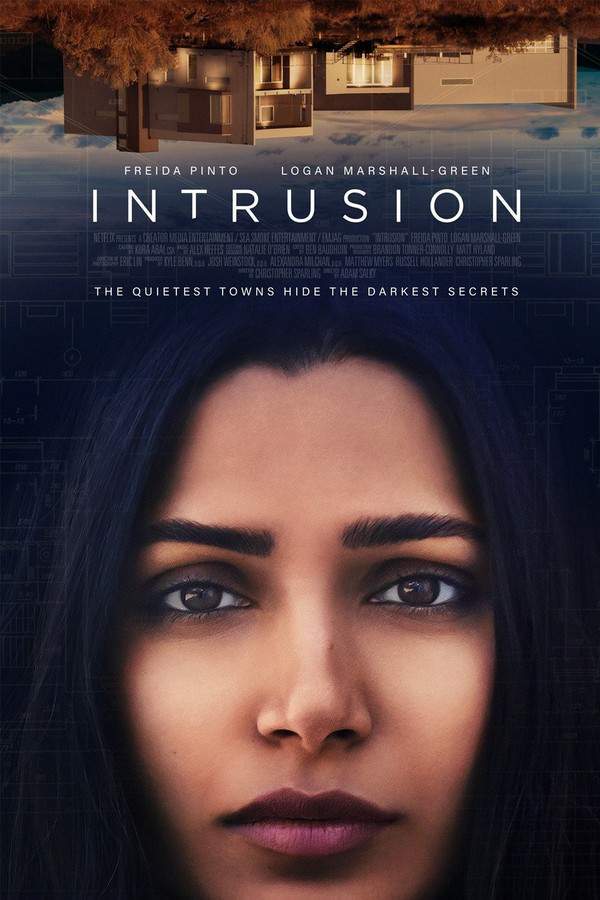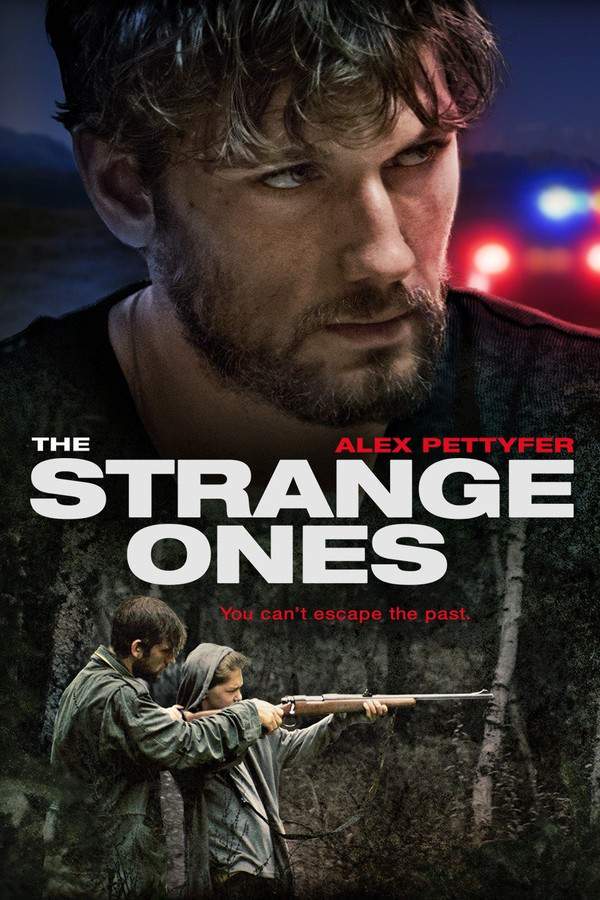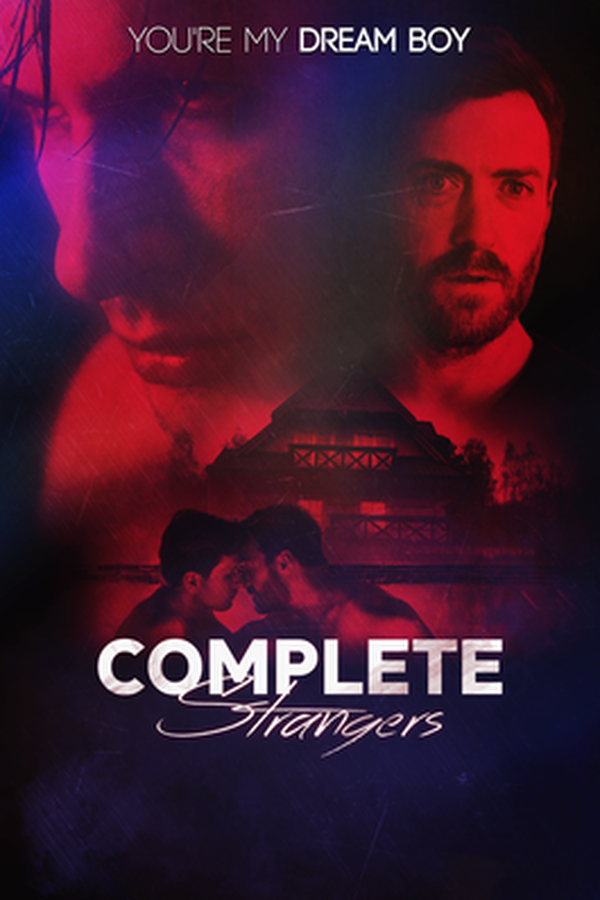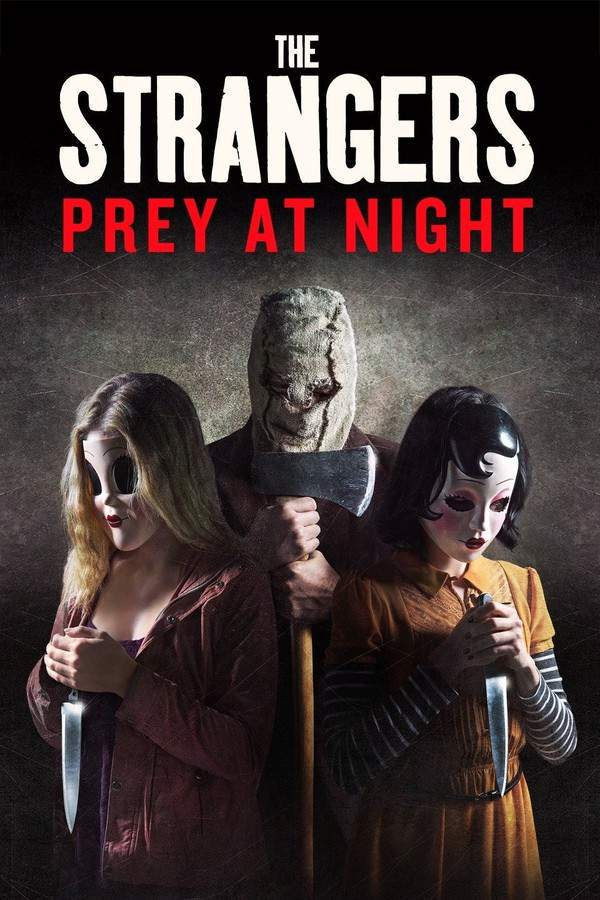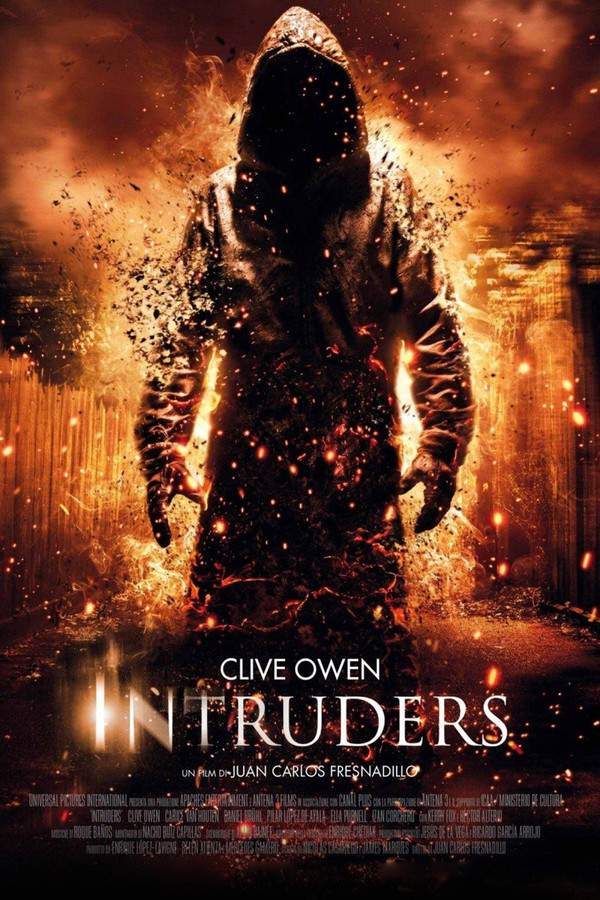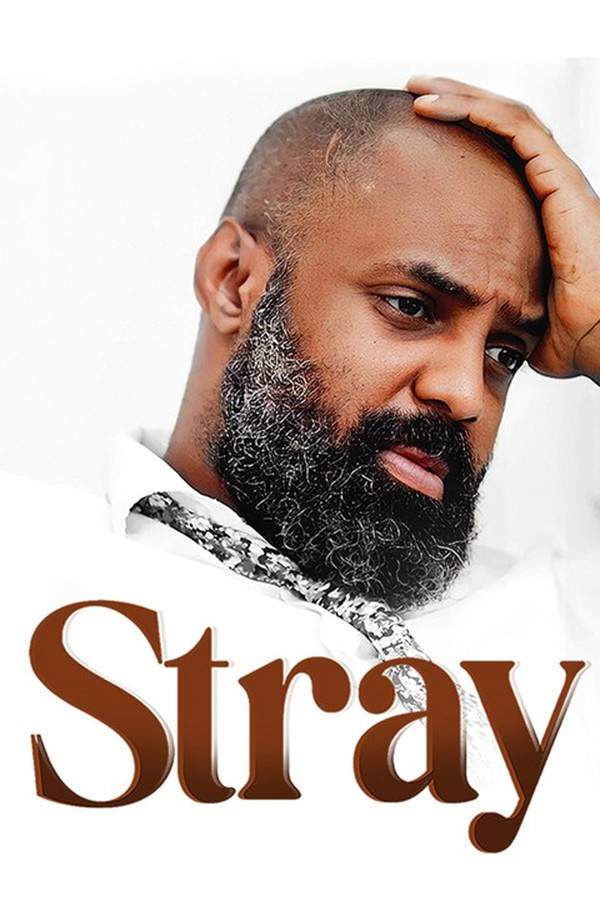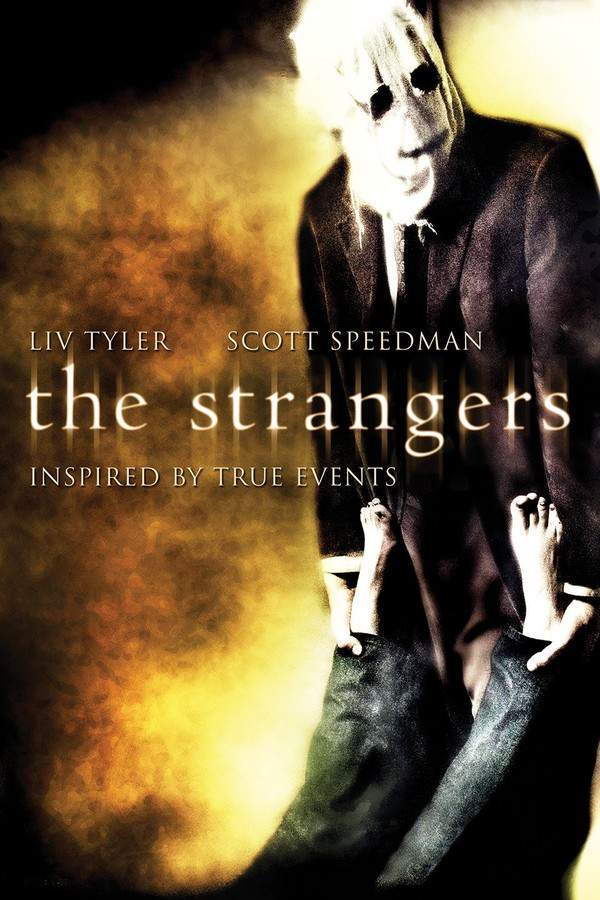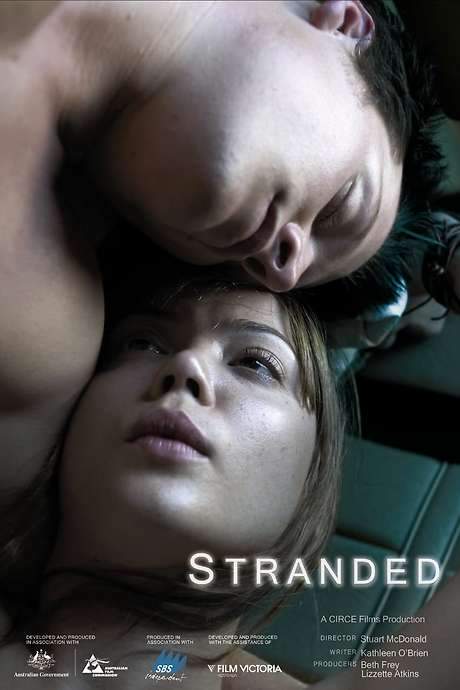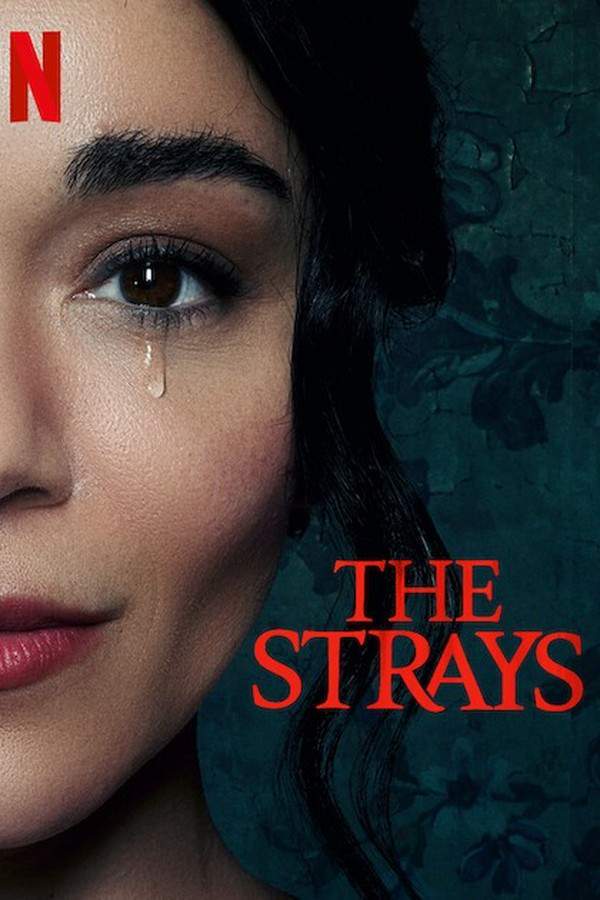
The Strays
A woman's seemingly perfect suburban life is disrupted when a mysterious figure intrudes, unraveling the carefully built foundation of her world. As unsettling events unfold, she is forced to confront hidden truths and question the reality she thought she knew. The unsettling presence exposes cracks in her carefully constructed existence, leading to a disturbing exploration of secrets and paranoia.
Warning: spoilers below!
Haven’t seen The Strays yet? This summary contains major spoilers. Bookmark the page, watch the movie, and come back for the full breakdown. If you're ready, scroll on and relive the story!
The Strays (2023) – Full Plot Summary & Ending Explained
Read the complete plot breakdown of The Strays (2023), including all key story events, major twists, and the ending explained in detail. Discover what really happened—and what it all means.
Cheryl, portrayed by Ashley Madekwe, a black woman, finds herself in a complicated situation while living in an undisclosed location within England. In a moment of vulnerability, she voices her deep concerns regarding discrimination and the weight of financial struggles during a phone call with her sister. A sense of urgency creeps in as Cheryl begins to disregard calls from her spouse and leaves a note on the fridge hinting at her intention to visit the hair salon, suggesting a desire for an escape from the pressures of her daily life.
Fast forward several years, we are introduced to Neve, a fair-skinned black woman married to Ian, played by Justin Salinger. Their mixed-race family includes two biracial children, Sebastian and Mary, with the latter portrayed by Maria Almeida. Neve’s disdain for anything she perceives as tied to ‘black’ culture is palpable, leaving audiences to ponder the roots of her conflicted self-identity. In her role as the deputy headmistress at her children’s school, Neve is ambitious and strives for success, but her home life is tethered to a growing discomfort within herself. The upcoming fundraising gala she plans to host at her home looms above her like a cloud, filled with unaddressed tensions and hidden truths.
Despite her polished exterior, Neve grapples with haunting visions of black individuals, creating a dissonance between her public life and internal struggles. To mask her true identity, she resorts to wearing wigs, a symbol of her complicated relationship with her own heritage. A seemingly innocuous toy car arrives in the mail, triggering fragmented memories and familiarity that disrupt her tenuous grasp on her reality.
In her professional life as a headmistress, Neve excels but hasn’t provided her past school references, leaving a glaring gap in her story. As the narrative unfolds, we witness a strained relationship between Neve and her son Sebastian, who is seen engaging with a black boy—a connection that sets Neve on edge. When Sebastian skips class to indulge in smoking in the woods, the tension escalates further. Meanwhile, Mary, inspired by online fashion trends, braids her hair in an ethnic style, igniting Neve’s fury as she resists her daughter’s embrace of their cultural identity.
Neve’s frustration culminates in an intense scene where she strikes Sebastian after he returns late from a basketball game, a moment that showcases the cyclical rage stemming from her unresolved issues. In a desperate attempt to control the situation, she tries to have the black boy at school dismissed but is warned against accusations of discrimination, highlighting the precariousness of race relations in their world. This thread unravels further when Neve confronts a group of young black individuals who claim familial ties to her—truths she is unprepared to confront.
The narrative then shifts, revealing flashbacks that feature two teenagers, Carl and Dione, who are on a mysterious mission while staying at a hotel. Carl, who adopts the name Marvin, played by Jorden Myrie, and Dione, taking the identity of Abigail, played by Bukky Bakray, aim to infiltrate Neve’s world by befriending her children. Their antics include inviting Mary to their hotel and leading Sebastian into trouble, where he succumbs to peer pressure and violently confronts a school bully.
As tensions build, Dione’s attendance at the gala disturbs what little peace Neve had clung to. The evening spirals when Neve’s children confront her about the family’s secrets, pulling the curtain back on her evasion of responsibility. In a shocking revelation, Cheryl, who has lived in hiding, emerges as Neve’s true identity, acknowledging her past and the reasons behind her decisions to Ian. She confesses how she fled from her marriage and her struggles with her identity, justifying her abandonment as an attempt to escape a life she could no longer endure.
In a dramatic turn of events, Cheryl meets Carl and Dione at a diner, where she offers them ten thousand pounds in a misguided attempt to foster a sense of familial connection. Yet, the reality is stark; her children wish to move into her home, leading to a series of confrontations that culminate in chaos. When Dione and Carl break into the house, they force the family into a hollow celebration, turning the once-safe space into a battleground of emotions and power struggles, where Neve’s refusal to accept her past leads to heartbreaking consequences.
The climax unfolds under the weight of betrayal and violence, resulting in Ian’s apparent demise, triggered by Carl’s aggressive coercion. In the end, Neve’s abandonment becomes chillingly complete as she chooses to leave with a stranger, leaving her children—Mary and Sebastian—standing alone in a flooded living room alongside their new accomplices, Dione and Carl. The final act leaves us questioning not only Neve’s choices but also the complexities of identity, family, and the struggle to escape one’s past.
Last Updated: December 03, 2024 at 14:27
Ending Explained – What Happens at the End of The Strays?
Still wondering what the ending of The Strays (2023) really means? Here’s a spoiler-heavy breakdown of the final scene, major twists, and the deeper themes that shape the film’s conclusion.
You see Cheryl, who initially appears to be a polished and polite woman, harboring a dark secret beneath her refined exterior. She had abandoned her children, Carl and Dione, and built a new life under the alias “Neve,” marrying a man named Ian and living comfortably in a posh neighborhood. Cheryl’s deep-seated racist views are evident in her hatred for Black people and her paranoia about their presence in her life, which stems from her shame about her past. Throughout the film, it becomes clear that Cheryl’s past is one she desperately tries to hide, even from her own family, who remain unaware of her true identity and history.
The story reaches its climax when Carl and Dione return unexpectedly and take control of the house, exposing Cheryl’s deception and revealing her past as their mother, whom she had abandoned. As they confront her, Cheryl tries to buy her way out with money, but her offer only insults and angers Carl and Dione, who see her as a selfish woman who has betrayed and rejected them entirely. Cheryl’s attempt to manipulate the situation with lies—claiming her abusive ex-husband and her need to escape her new life—is deeply suspect, especially considering her previous lies about her identity and history.
In the final moments, Carl and Dione decide they have nothing to gain from their mother and reject her attempts at reconciliation. Cheryl, overwhelmed and unable to face her truths or accept her past, chooses to flee once again—this time running away with the delivery man, leaving her family and her children behind. Her departure signifies her nature as an escapist, someone who refuses to confront her responsibilities or her moral failings. By running away, she may have momentarily spared her children from her toxicity, but she also abandons them once more, cementing her as a deeply flawed, self-serving character who is unable—or unwilling—to face the consequences of her actions. The film ends with her disappearance, leaving the family to grapple with the damage and fragility of their fractured lives. In the end, Cheryl’s flight underscores the tragic cycle of denial and escape, highlighting her profound inability to truly confront her past and take responsibility.
Last Updated: June 25, 2025 at 08:59
Explore Movie Threads
Discover curated groups of movies connected by mood, themes, and story style. Browse collections built around emotion, atmosphere, and narrative focus to easily find films that match what you feel like watching right now.
Suburban Facades That Crack Under Pressure: Movies like The Strays
Stories where meticulously crafted lives implode under the weight of hidden truths.If you liked The Strays, explore more movies about secrets unraveling in suburbia. These films feature characters whose carefully built lives are disrupted by intrusive forces from the past, leading to psychological breakdowns and the destruction of their domestic paradise.
Narrative Summary
Narratives in this thread typically follow protagonists who have built a new, seemingly perfect life to escape a traumatic past. The story begins with an unsettling intrusion that challenges their constructed reality, escalating into a series of paranoid events that expose the fragility of their facade, culminating in a dramatic and often tragic unmasking.
Why These Movies?
These films are grouped together because they share a central theme of hidden identities and the psychological toll of maintaining a lie. They create a specific mood of claustrophobic dread within domestic spaces, using steady pacing to build tension towards an inevitable, bleak confrontation with the past.
Slow Burn Psychological Unraveling: Movies like The Strays
A steady descent into paranoia as a character's sanity is systematically dismantled.Find movies similar to The Strays that feature a slow burn psychological collapse. If you enjoyed the tense, steady build-up of paranoia and the heavy emotional weight of a character confronting their trauma, these recommendations will deliver a similarly unsettling and intense experience.
Narrative Summary
The narrative pattern involves a protagonist who is initially in control, but whose grip on reality is steadily eroded by external pressures or internal doubts. The story avoids sudden jumps, instead favoring a cumulative effect of small, disturbing events that create a pervasive sense of dread and ultimately lead to a violent or tragic climax.
Why These Movies?
Movies in this thread are united by their focus on the psychological fragility of their main characters. They share a specific pacing—steady and relentless—that expertly builds tension without resorting to cheap scares. The experience is characterized by a high-intensity, heavy emotional weight and a consistently tense, often bleak, tone.
Unlock the Full Story of The Strays
Don't stop at just watching — explore The Strays in full detail. From the complete plot summary and scene-by-scene timeline to character breakdowns, thematic analysis, and a deep dive into the ending — every page helps you truly understand what The Strays is all about. Plus, discover what's next after the movie.
The Strays Timeline
Track the full timeline of The Strays with every major event arranged chronologically. Perfect for decoding non-linear storytelling, flashbacks, or parallel narratives with a clear scene-by-scene breakdown.

Characters, Settings & Themes in The Strays
Discover the characters, locations, and core themes that shape The Strays. Get insights into symbolic elements, setting significance, and deeper narrative meaning — ideal for thematic analysis and movie breakdowns.

The Strays Ending Explained
What really happened at the end of The Strays? This detailed ending explained page breaks down final scenes, hidden clues, and alternate interpretations with expert analysis and viewer theories.

The Strays Spoiler-Free Summary
Get a quick, spoiler-free overview of The Strays that covers the main plot points and key details without revealing any major twists or spoilers. Perfect for those who want to know what to expect before diving in.

More About The Strays
Visit What's After the Movie to explore more about The Strays: box office results, cast and crew info, production details, post-credit scenes, and external links — all in one place for movie fans and researchers.

Similar Movies to The Strays
Discover movies like The Strays that share similar genres, themes, and storytelling elements. Whether you’re drawn to the atmosphere, character arcs, or plot structure, these curated recommendations will help you explore more films you’ll love.
Explore More About Movie The Strays
The Strays (2023) Scene-by-Scene Movie Timeline
The Strays (2023) Movie Characters, Themes & Settings
The Strays (2023) Ending Explained & Theories
The Strays (2023) Spoiler-Free Summary & Key Flow
Movies Like The Strays – Similar Titles You’ll Enjoy
Intrusion (2021) Spoiler-Packed Plot Recap
The Strange Ones (2018) Film Overview & Timeline
Complete Strangers (2020) Movie Recap & Themes
The Strangers (2008) Spoiler-Packed Plot Recap
Intruders (2016) Ending Explained & Film Insights
Strangerland (2015) Full Movie Breakdown
Stray Dolls (2020) Full Movie Breakdown
Stray (2019) Movie Recap & Themes
Strangers (2024) Plot Summary & Ending Explained
Strangers Within (2017) Story Summary & Characters
Stranded (2006) Film Overview & Timeline
All the Kind Strangers (1974) Spoiler-Packed Plot Recap
Strangers in the House (1942) Ending Explained & Film Insights
Stranger in Our House (1978) Movie Recap & Themes
The Stranger in Our Bed (2022) Ending Explained & Film Insights

